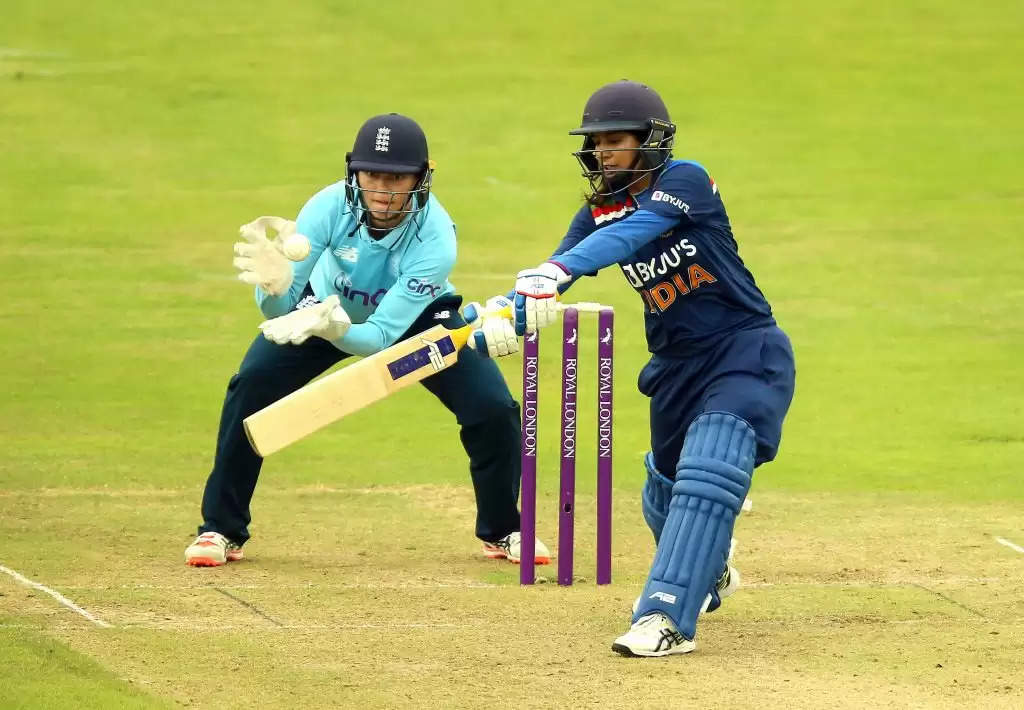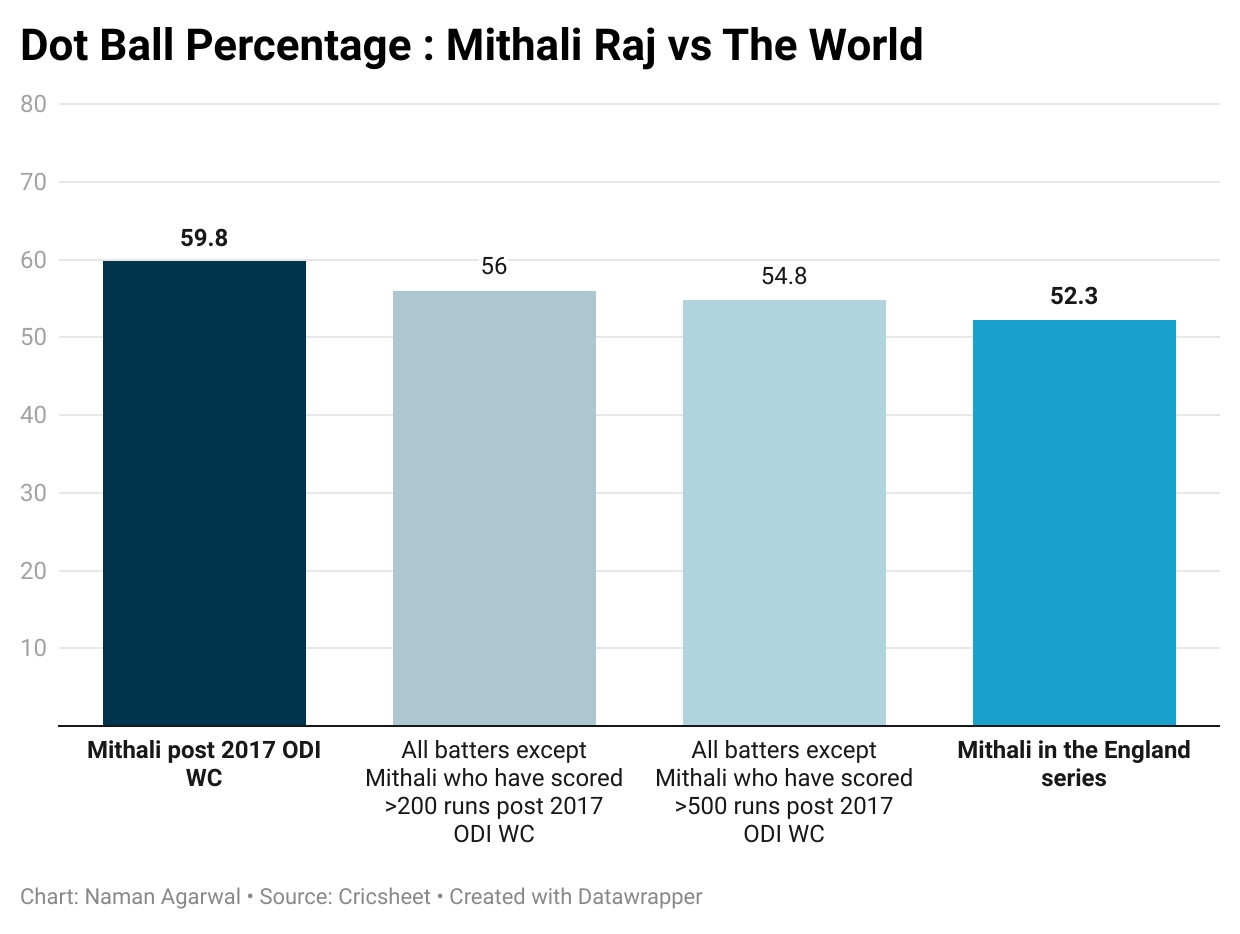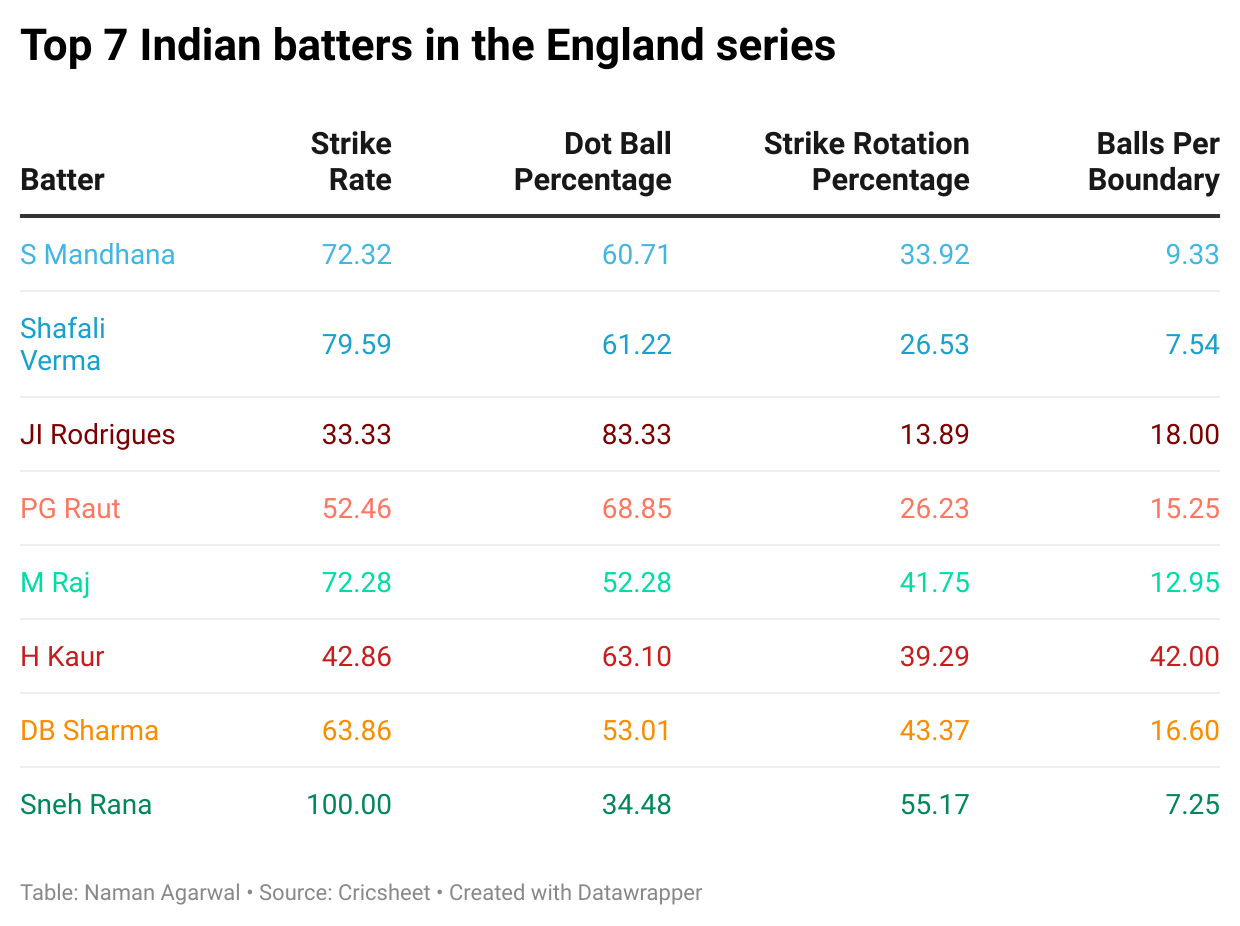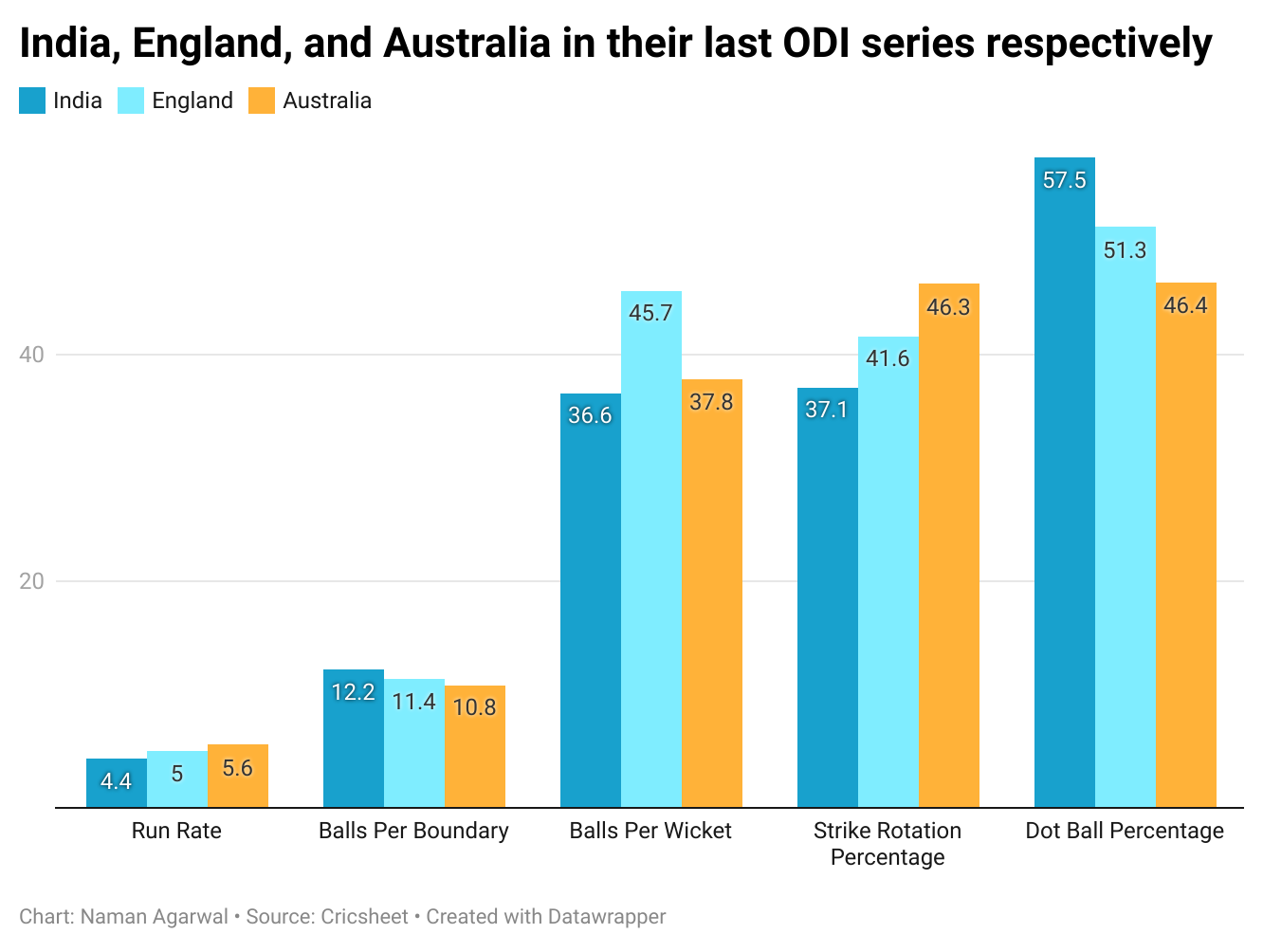The ingredients are there; the recipe needs a tweak: India’s build up to the 2022 ODI World Cup

As Mithali Raj pierced a packed offside field at the New Road Ground in Worcester like a thread through a needle, and took India to a win in the final ODI of the three match series, not only did it potentially cap off a stunning career in England, it also showed the skill and resolve of this Indian team, and how down, does not mean out for them. Although the eventual score line reflected a 1-2 loss, India would have taken a lot of heart from their performance against a much better prepared England side.
The Positives
The two biggest positives to come out of the series were the emergence of Shafali Verma and Sneh Rana as forces to reckon with at the top and the bottom of the batting order. Shafali’s near century, and eventual twin-half centuries on Test debut showed her versatility and her 78 runs at an average of 26 and a Strike Rate of almost 80 showed glimpses of the immense value she brings to the ODI side.

It’s a pity that she’ll have only three more games in Australia leading up to the World Cup. Had the selectors not committed the blunder of not picking her for the South Africa series, she’d have gotten 5 more games to understand how to pace her innings in ODIs. And we know that 5 games is (unfortunately) a lot for these Women in Blue.
Rana, meanwhile, was the find of the tour in all formats. The finishing capabilities she displayed with the bat will give India a lot of flexibility going into the World Cup. But more than her skills with both bat and ball, the most important value she has added to the team is her steel. Every team needs that player whom the captain can turn towards in moments of crisis. Sneh, in this tour, has displayed that she can be just that.
And to top it all, Mithali’s three consecutive half-centuries, two of which were unbeaten, will also keep the team and its leader in good stead. There was a lot of talk throughout the series around her scoring rates, and how she was chewing up a lot of deliveries which was resulting in her big scores actually holding the team back rather than propelling it forward. That, is objectively not true.

Comparison of Dot Ball Percentages of Mithali Raj with the rest of the world, post 2017 World Cup
Mithali has typically been a slow starter and a bit out of sync with the modern times in terms of number of balls she consumes in an innings, as can be seen in the above chart which shows the dot ball percentages of batters around the world compared to her, since the 2017 World Cup. She has faced five percent more dot balls as compared to what batters who have scored more than 500 runs in this period have faced.
But she was far better in this series as can be seen with the rightmost bar on the above chart. She had a dot ball percentage of 52.3, which is better than the average dot ball percentage of the likes of Amy Jones, Alyssa Healy, Lizelle Lee, Laura Wolvaardt, Tammy Beaumont, and Suzie Bates since the 2017 World Cup. Although this does not mean that there isn’t room for improvement, but she was chewing nowhere near the number of balls that social media will have you believe. All she needed was some support from the other end.
The Issues
As mentioned above, the Indian captain needed support from the other end, which she never got throughout the series. Here’s a table showing the numbers of all the batters who batted in the top 7 for India in the three games.

Numbers of Indian batters who batted in the top 7 in the England series
The names in green-blue roughly indicate players who did well, whereas the names in orange-red indicate players who did poorly. Mithali is surrounded by four players in orange/red. There lies the crux of the problem. When you have batters around you struggling to get anything away, as can be seen by the high Balls per Boundary of Jemimah, Punam, Harman, and Deepti (all in excess of 15), you either take risks and try to break the shackles or you dig in, do your job, and hope your partner finds some connection and does hers.
Mithali took the second option throughout the series and rightly so, considering her strengths and the role that is assigned to her. But her partners never found their connection. With a high balls per boundary, the least you can do is have a low dot ball percentage and a high strike rotation percentage. But Jemimah, Punam, and Harman were neither able to find the boundaries regularly, nor were they able to rotate the strike.
And this has been a pressing issue for the ODI team. They have just not been able to hit the next gear while pacing their innings because hardly ever have they fired in unison. If someone has had a good series or a good few games, there have been others who have been completely out of touch, which has stopped the ones in touch from maximizing their returns.
The chart below compares the last ODI series India, England, and Australia have played, on several metrics. India and England’s last series was between themselves, whereas Australia last played an ODI series in April 2021 against New Zealand.

India have the worst numbers among the three teams across all metrics — run rate, balls per boundary, balls per wicket, strike rotation percentage, and dot ball percentage.
The Solution
India’s dot ball percentage against England was 24.08% higher than Australia’s in their last series, while Australia’s strike rotation percentage was 24.8% higher than that of India. This needs to be the primary area of focus for Ramesh Powar and his troops.
With the inclusion of Shafali at the top, you can expect India to have decent starts on average, and great starts on occasions. The overall Balls Per Boundary of the team should come down too. But both Shafali and Smriti had dot ball percentages over 60% in the England series. They need to work on dropping and running in the first Powerplay, much like the England openers were doing, and not just sit and look for boundaries.
Jemimah Rodrigues and Punam Raut are two brilliant batters, but in the current set-up of the team, it’s hard to find a role for them unless they change the way they approach their innings. In Richa Ghosh, India have another 17-year-old prodigy in waiting. We saw glimpses of her power in the T20Is. Her inclusion in the ODI XI can do wonders for the Indian middle order. Deepti Sharma can make a move to the top of the order at number 3. Her relatively low dot ball percentage and high strike rotation percentage will make her more suitable for the role and will also make sure that the innings doesn’t stagnate after the fall of the first wicket.
And if and when the management becomes confident of Richa’s keeping in ODIs, they can replace Taniya Bhatia with someone like Pooja Vastrakar, who can give an additional pace option with the ball and can come in and hit the big shots when required.
India don’t have a lot of games to experiment and prepare before the World Cup starts. To be precise, they have just three matches against Australia in two months time. They need to be clear as to what changes in approach and personnel they are looking forward to and try to give the XI that will start the World Cup two, if not three games in Australia. They have the skill, versatility, and the stomach for a fight. The ingredients are all there. All they need is a slight tweak of the recipe and they might go one step further than they did in 2017.

